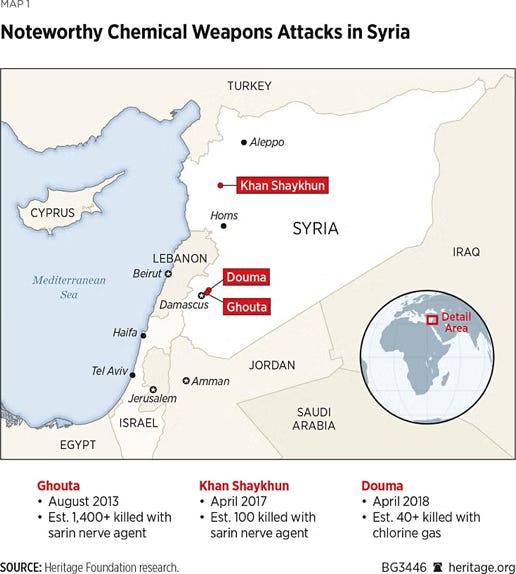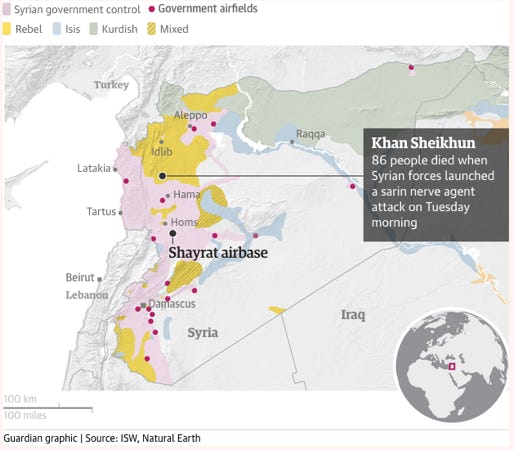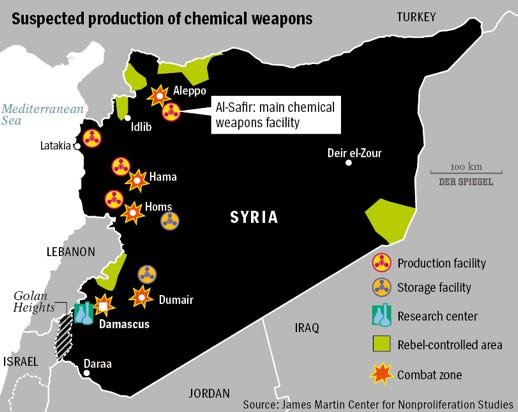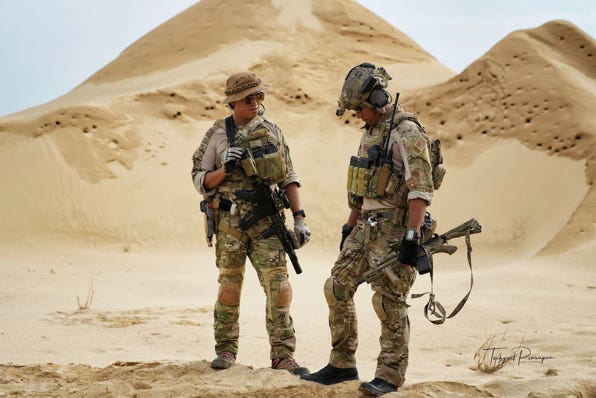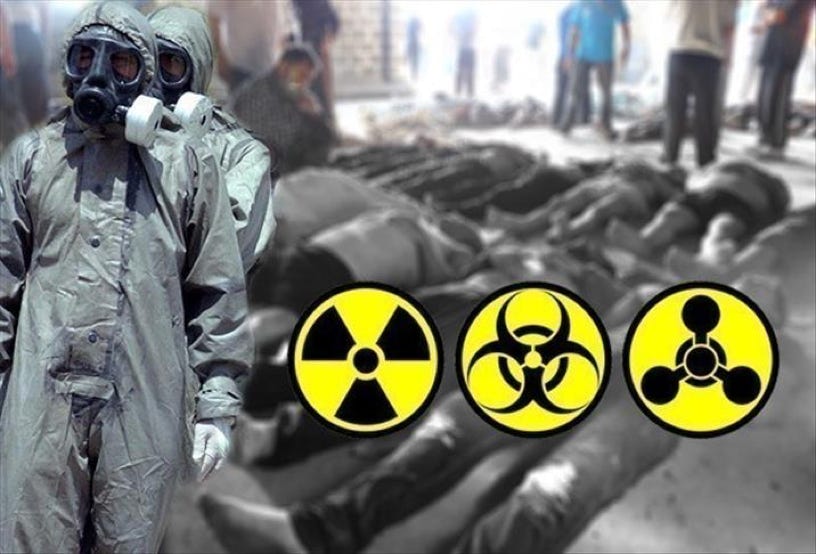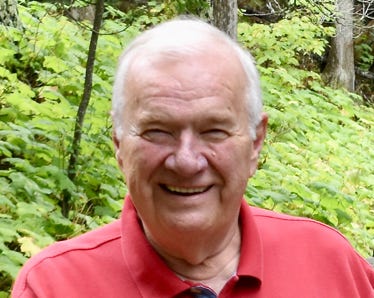DUTY, HONOR, COURAGE, RESILIANCE
Talking Proud: Service & Sacrifice
Syria: A fractured state
Venture into the unfamiliar
Chemical Weapons
The matter of Syrian chemical weapons had been of considerable concern to the US and others as Syria devolved into civil war in 2012. The Syrian government acknowledged in 2012 that it had chemical weapons.
Concerns mounted in the US, Europe, and the UN that Syria’s chemical weapons were either being used by the government or would fall into the hands of the opposition, including the Islamic State (IS). Fingers pointed in all directions.
In June 2013, the US intelligence community had high confidence that Syria had used chemical weapons against its civil war opposition multiple times over the past year. In August 2013, the Assad government launched rockets carrying the nerve agent sarin into the Ghouta District of Damascus, the capital. It would do much the same several times later.
Rampant disorder throughout Syria indicated the country was spinning out of control. One was forced to conclude that chemical weapons held by the Assad government were in play. Furthermore, Syria had become a playground for Islamic terrorists who had voiced intent to harm the US.
In August 2013, President Obama said he would seek authorization for the use of force in Syria as a result. The Senate introduced a bill in September 2016, but it was not passed. It was dropped when Syria agreed to a US-Russian plan to destroy/remove the weapons. International efforts were made to do that, with some success.
However, the Nuclear Threat Initiative (NTI) of Washington, DC, asserted,
“Although Syria signed the Chemical Weapons (CW) Convention in 2013 and cooperated in the destruction of its CW, the Syrian regime has … conducted major chemical weapon attacks after the 2013 declaration, including Ghouta (2013), Khan Sheikhoun (2017), and Douma (2018).”
In short, the Assad government still held chemical weapons and continued using them against its people.
This could not stand. The US and its allies conducted air attacks against Syrian chemical weapons entities in April 2017 and April 2018.
In April 2017, the US employed cruise missiles from the Mediterranean Sea against the Syrian air base at al-Shayrat, only 20 miles east of Lebanon, in response to the Syrian chemical attack in Khan Sheikhoun, about 130 miles north of Damascus. The US determined that this was the base from which the Assad government launched its sarin gas chemical nerve agent attack.
Tomahawk Land Attack Missiles targeted Syrian aircraft, hardened aircraft shelters, petroleum and logistical storage, ammunition supply bunkers, air defense systems, and radars on the air base.
In April 2018, air forces from the US, Britain, and France conducted air attacks against the Syrian Barzeh Research and Development Center, the Him Shinshar chemical weapons storage facility, and the Him Shinshar chemical weapons bunker facility. All three facilities are close to Lebanon.
Secretary of Defense James Mattis linked these US attacks against chemical warfare entities with the battle against the IS. He said in an April 18, 2018 statement,
“The 70 nations in the defeat ISIS coalition remain committed to defeating ISIS in Syria. The strike tonight separately demonstrates international resolve to prevent chemical weapons from being used on anyone, under any circumstance, in contravention of international law.”
Steven A. Engel outlined Syria’s repeated use of chemical weapons against its people,
“The Syrian government’s latest use of chemical weapons (April 2018) followed a string of other chemical weapons attacks. The regime used sarin in November 2017 in the suburbs of Damascus and in an April 2017 attack on Khan Shaykhun. It also dropped chlorine bombs three times in just over a week last spring and launched at least four chlorine rockets in January in Douma.
“The U.S. government has assessed that the regime used chemical weapons on many other occasions—it has identified more than fifteen chemical weapons uses since June 2017 in the suburb of East Ghutah alone—and believes that the regime, unless deterred, will continue to make use of such weapons.”
Engel, too, linked this issue with the IS. He opined that Syria’s employment of chemical weapons served only to destabilize the region further and suggested that this destabilization was causing the influence of IS to grow and spread.
The US now leaned in favor of regime change in Syria. Not only was Assad using his chemical weapons against his people, but there was a real possibility that Syrian scientists and engineers would take their knowledge to other hostile nations such as Iran and even to IS and other jihadist groups. Assad could not be trusted.
This issue remains with us today. Once the Assad regime fell to Hayat Tahrir al-Sham (HTS) in early December 2024, Israel, in short order, attacked Syrian military assets, including the Syrian Scientific Studies and Research Center (SSRC) and other weapons R&D and production facilities.
Good, the Assad regime was out of the way. However, many countries, including the US, saw HTS as a terrorist organization. Furthermore, there were many other rebellious groups, including IS, wandering around the country, any one or more of which could get their hands on chemical weapons, the technologies to produce and use them, and the scientists who developed them.
Click to zoom graphic-photo
